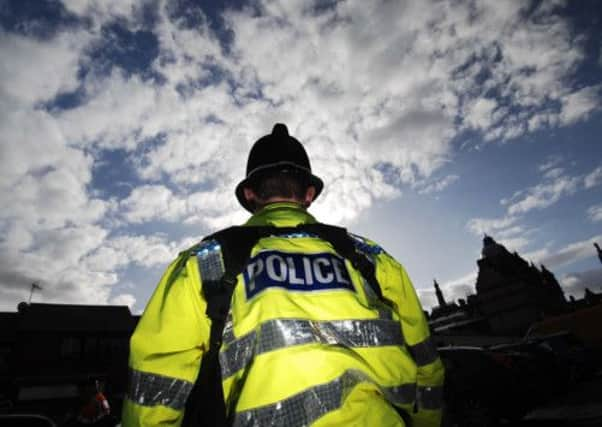High rates of yob crime still blighting our lives


A total of 30 per cent of respondents to a crime survey say they have personally experienced or witnessed at least one anti-social problem in their area in the last 12 months. And 15 per cent of adults said there was a “high level” of perceived anti-social behaviour in their area, a figure unchanged from the previous year.
New details from the 2011/12 Crime Survey of England and Wales released by the Office for National Statistics revealed the most common type of anti-social behaviour was drink-related.
Advertisement
Hide AdAdvertisement
Hide AdOne in ten people said the level of anti-social behaviour in their local area over the past few years had “gone up a lot”, though nearly half said this was the case for England and Wales as a whole.
Max Chambers, head of crime and justice at think tank Policy Exchange, said: “These new figures highlight that while overall crime is falling, anti-social behaviour still affects huge numbers of people on a daily basis.
“We’ve got to make it easier for the public to report crime and express concerns about teenagers drinking in the street or threatening our neighbours.
“This means protecting the visibility and availability of uniformed police officers, which is a major challenge at a time of squeezed budgets. It’s the job of the new police and crime commissioners to ensure that the police really get to grips with what is clearly still a serious and widespread problem.”
Advertisement
Hide AdAdvertisement
Hide AdPolice and crime commissioners in Yorkshire and Humberside have all pledged to tackle anti-social behaviour since taking on their roles in November as part of wider policing reforms.
In North Yorkshire, Julia Mulligan has launched an ‘anti-social behaviour task force’ which will focus on vulnerable people and priority areas in the county.
Headed by assistant chief constable Iain Spittal, the team will assess and identify what can be done to address concerns of residents before working on action plans in areas where there are ongoing problems.
Mrs Mulligan said at the time of the launch earlier this year: “The public have told me that anti-social behaviour is at the top of their list of priorities and I know the team has the potential to make a real difference to people’s lives, and particularly victims.”
Advertisement
Hide AdAdvertisement
Hide AdIn West Yorkshire, crime commissioner Mark Burns-Williamson says the ‘community trigger’ scheme proposed by the Government to replace anti-social behaviour orders will weaken authorities’ ability to tackle the problem.
Under the new plan, forces will be required to investigate any single incident reported by at least five people, or any three complaints made by the same person.
South Yorkshire’s police and crime commissioner Shaun Wright said he was planning to tackle the problem by replacing retiring police officers in the coming year and maintaining the number of Police Community Support Officers.
He said: “These additional resources will be going into neighbourhood policing teams to address concerns and deal robustly with anti-social behaviour.”
Respondents to the survey aged 16 to 34 were more likely to have high levels of perceived anti-social behaviour, this may be because they are more likely to be out in their local area.